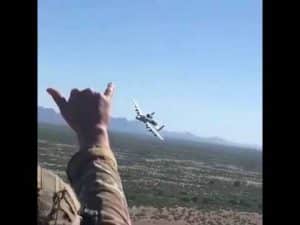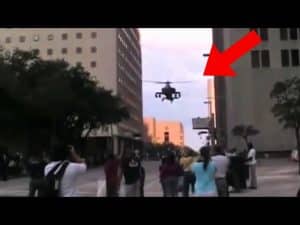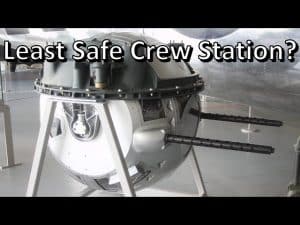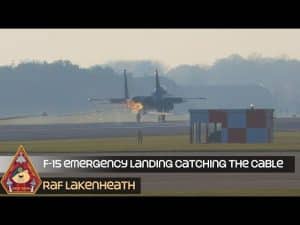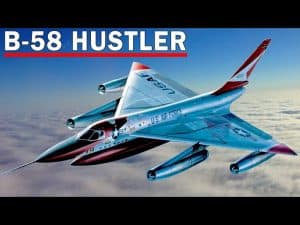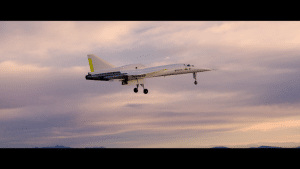April 18, 1942: The Doolittle Raid – A Timeline Of The Iconic Mission
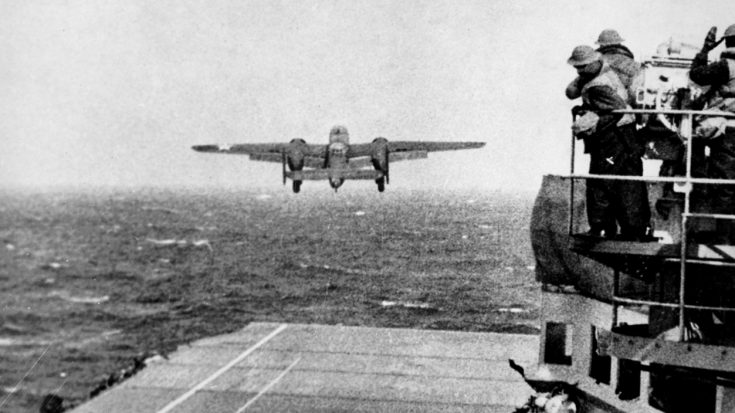
U.S. Navy / Public Domain
The Commemorative Air Force did something pretty neat on the anniversary of the Doolittle Raid. While the April 18, 1942 was top secret until after the fact, in 2019 we got to see the events unfold on Twitter in real time with the exact intervals of time between what happened!
Check it out.
In honor of the anniversary of the Doolittle Raid and the memory of Dick Cole, we’ll be tweeting the Raid in “real time” on April 18. Not *actual* real time because we’re posting on EDT since most of our audience is in the US, but the intervals will be correct. pic.twitter.com/1ksgrBEGPr
— CAF HQ (@CAF1957) April 17, 2019
0312
At 0310 a radar operator aboard Enterprise detects two ships 21,000 yards off the port bow. Halsey orders all ships to General Quarters and changes course away from them. #DoolittleRaid
— CAF HQ (@CAF1957) April 18, 2019
0341
At 0341 radar operators report the Japanese ships were no longer within radar range. The change in course has put the task force two hours and forty miles behind. #DoolittleRaid
— CAF HQ (@CAF1957) April 18, 2019
0508
At 0508 Halsey orders three SBD Dauntless scout planes out on patrol. #DoolittleRaid
— CAF HQ (@CAF1957) April 18, 2019
0715
At 0715 one of the patrol planes drops a message that it has spotted a Japanese ship and probably been spotted in turn. #DoolittleRaid
— CAF HQ (@CAF1957) April 18, 2019
0738
At 0738, while the task force was still about 650 nautical miles from Japan, it is sighted by Japanese picket boat No. 23 Nitto Maru, which radios an attack warning to Japan. #DoolittleRaid pic.twitter.com/CZCWUwhWQA
— CAF HQ (@CAF1957) April 18, 2019
0744
At 0744 lookouts on Hornet sight a fishing boat at 10,000 yards. Minutes later a Japanese radio message is intercepted: “Three enemy carriers sighted at position 650 nautical miles east of Inubo Saki at 0630 [Tokyo time].” #DoolittleRaid
— CAF HQ (@CAF1957) April 18, 2019
Nitto Maru’s signal received at Hashirajima naval base. Rear Admiral Ugaki Matome issues Order No.3, a contingency plan to repel an American force off Japanese coast. #DoolittleRaid
— CAF HQ (@CAF1957) April 18, 2019
Ugaki directs his forces to points 300 miles off the coast anticipating the launching point for USN aircraft. The Japanese have not planned for longer range US Army bombers to be used. #DoolittleRaid
— CAF HQ (@CAF1957) April 18, 2019
0800
At 0800 Halsey issues orders to launch. Flashed by blinker from Enterprise to Hornet: “LAUNCH PLANES, TO DOOLITTLE AND GALLANT COMMAND: GOOD LUCK AND GOD BLESS YOU, HALSEY.” #DoolittleRaid pic.twitter.com/OwJaFXpNG0
— CAF HQ (@CAF1957) April 18, 2019
0825
At 0825 the first of 16 modified B-25 Mitchells, flown by Doolittle and Cole, lifts off from Hornet and heads for Japan. #DoolittleRaid pic.twitter.com/4mOdL01H3D
— CAF HQ (@CAF1957) April 18, 2019
0919
At 0919 the last of the 16 modified B-25 Mitchells lifts off from Hornet headed for Japan. #DoolittleRaid pic.twitter.com/nDpg9Q72Um
— CAF HQ (@CAF1957) April 18, 2019
0945
At 0945 a long-range Japanese navy patrol plane reports two twin-engine planes heading for Japan. Japanese Navy HQ discounts the report since they know no USN carriers have twin-engine aircraft. #DoolittleRaid
— CAF HQ (@CAF1957) April 18, 2019
1030
At 1030 Japanese patrol planes are ordered to scout the waters east of Japan as far as 600 miles out. A strike force of 32 medium-bombers, escorted by 12 Zeros, is also sent east. Bad weather causes them to turn back to Japan. #DoolittleRaid
— CAF HQ (@CAF1957) April 18, 2019
1200
At about 1200 Tokyo Time (1300 Task Force time), B-25s begin bombing 10 military and industrial targets in Tokyo, 2 in Yokohama, and 1 each in Yokosuka, Nagoya, Kobe & Osaka. Some B-25s encountered light AA fire and a few enemy fighters, but none are shot down. #DoolittleRaid
— CAF HQ (@CAF1957) April 18, 2019
1345
At 1345 radio broadcast from Tokyo intercepted by Enterprise: “A large fleet of enemy bombers appeared over Tokyo…” Exaggerated damage and casualty report gets past Japanese censors and was first indication that raid was a success. #DoolittleRaid
— CAF HQ (@CAF1957) April 18, 2019
1410
At 1410 Task Force lookouts spot two Japanese picket boats. Planes from Enterprise attack, sinking one and damaging other (Nitto Maru). Nashville ordered to sink Nitto Maru. After Nashville began firing, five survivors of the Japanese boat surrender. #DoolittleRaid pic.twitter.com/NkmosUyvbN
— CAF HQ (@CAF1957) April 18, 2019
Afternoon
By afternoon, 15 of 16 aircraft proceed across the East China Sea toward China. One B-25, piloted by Captain Edward J. York, extremely low on fuel, heads instead for USSR rather than be forced to ditch in the middle of the East China Sea. Crew is interned. #DoolittleRaid pic.twitter.com/YP6OCUcG29
— CAF HQ (@CAF1957) April 18, 2019
Night
As night approaches, fuel runs low, and weather deteriorates, crews realize they will not be able to reach their intended bases in China, leaving them the option of either bailing out over eastern China or crash-landing along the Chinese coast. #DoolittleRaid
— CAF HQ (@CAF1957) April 18, 2019
All 15 remaining aircraft reach the Chinese coast after 13 hours of flight and crash-land or bail out. #DoolittleRaid
— CAF HQ (@CAF1957) April 19, 2019
Of the 80 airmen, 69 escaped capture or death, with three killed in action, and four in captivity. Though bomb damage isn’t significant, the Raid is a psychological victory and puts Japan on notice their homeland is vulnerable. #DoolittleRaid
— CAF HQ (@CAF1957) April 19, 2019
*We will update this article as tweets are added.












